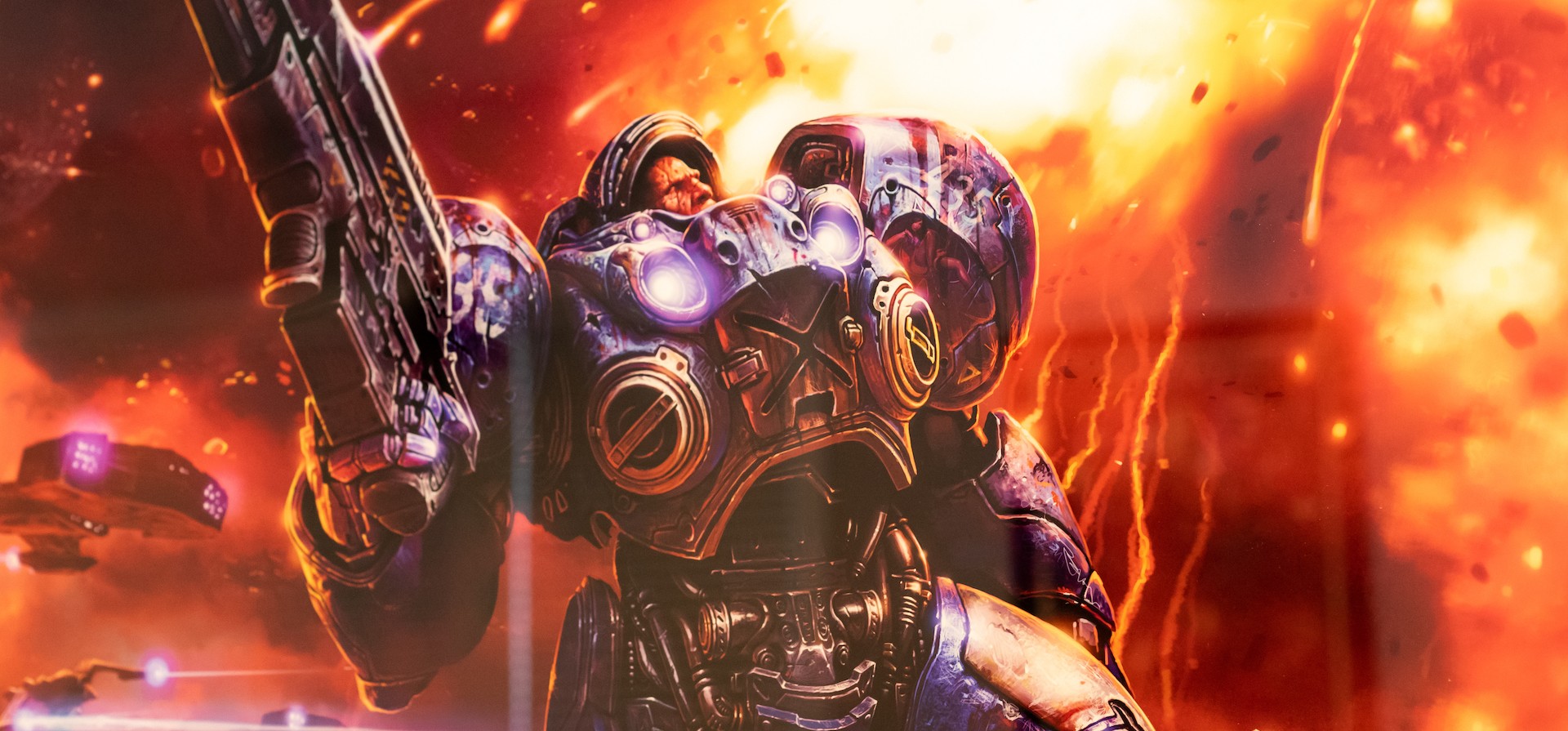A staggering 65 years. That's the proven durability of video game art prints on metal, if you use Cook and Becker's method and materials as detailed in this article. Meaning if you gift one of our HD prints on metal to your children, they will be grandparents by the time the image quality can no longer be guaranteed by the printer. That's some heavy metal printing! (even though the actual artwork are actually quite light-weight)
How do we know this? The master printers we use at Cook and Becker use the ChromaLuxe process for art prints on metal, a certified and specialist method for high-grade and durable printing on sheets of aluminum. When this methodology was tested by the Wilhelm Research Imaging laboratory (Grinnell, Iowa), the leading authority in the field of digital printing techniques, they found the ChromaLux images had a six decade long life span in which an image printed on metal did not lose color. That's simply incredible!
And this is only one of the stunning features of ChromaLuxe printing. In terms of color yield and contrasts, the method gives you prints in a superior quality lending a depth to printed images that is difficult to put into words: people often comment "it looks like it's printed in glass" when seeing the effect for the first time, or refer to sun-drenched stained-glass windows, in an effort to find a fitting analogy for the vibrant effect a print on metal can have.
Can have, as not every print on metal yields the same durability or quality. The market today sees two types of prints on metal whereby digital imagery is transferred to aluminum sheets. The budget option, and one in use at most regular print shops is the simplest form: an aluminum sheet is fed into a standard-type color printer, where inks are directly transferred onto the metal. This yields prints that look OK when they leave the machine, but are quickly prone to discoloration and they aren't scratch-resistant. Also the initial color yield will be much less than is the case when using up-market methods that we use for our fine art prints on metal.
By comparison, the ChromaLux method relies on heat and sublimation, whereby the inks are infused in the top layer of the aluminum and not printed on. To make that happen, our master printer prepares the aluminum, making sure the 1,5 mm thick sheet has no irregularities, and prints the art image with archival inks on a special transfer paper (if you wish to learn more about archival inks, read more in Part 3 of our Complete guide to collecting video game art).
This transfer paper is attached to the metal sheet, and fed into a large heat press, where the two are exposed to high pressure and heat (392°F/200°C) for a couple of minutes—the exact timing depends on the size of the artwork.
High-grade and durable art prints
How do we know this? The master printers we use at Cook and Becker use the ChromaLuxe process for art prints on metal, a certified and specialist method for high-grade and durable printing on sheets of aluminum. When this methodology was tested by the Wilhelm Research Imaging laboratory (Grinnell, Iowa), the leading authority in the field of digital printing techniques, they found the ChromaLux images had a six decade long life span in which an image printed on metal did not lose color. That's simply incredible!
Video game art prints with high color yield
And this is only one of the stunning features of ChromaLuxe printing. In terms of color yield and contrasts, the method gives you prints in a superior quality lending a depth to printed images that is difficult to put into words: people often comment "it looks like it's printed in glass" when seeing the effect for the first time, or refer to sun-drenched stained-glass windows, in an effort to find a fitting analogy for the vibrant effect a print on metal can have.
Can have, as not every print on metal yields the same durability or quality. The market today sees two types of prints on metal whereby digital imagery is transferred to aluminum sheets. The budget option, and one in use at most regular print shops is the simplest form: an aluminum sheet is fed into a standard-type color printer, where inks are directly transferred onto the metal. This yields prints that look OK when they leave the machine, but are quickly prone to discoloration and they aren't scratch-resistant. Also the initial color yield will be much less than is the case when using up-market methods that we use for our fine art prints on metal.
Premium printing techniques
By comparison, the ChromaLux method relies on heat and sublimation, whereby the inks are infused in the top layer of the aluminum and not printed on. To make that happen, our master printer prepares the aluminum, making sure the 1,5 mm thick sheet has no irregularities, and prints the art image with archival inks on a special transfer paper (if you wish to learn more about archival inks, read more in Part 3 of our Complete guide to collecting video game art).
This transfer paper is attached to the metal sheet, and fed into a large heat press, where the two are exposed to high pressure and heat (392°F/200°C) for a couple of minutes—the exact timing depends on the size of the artwork.


